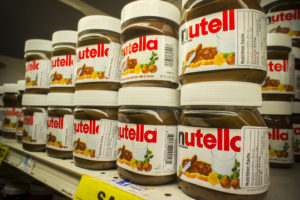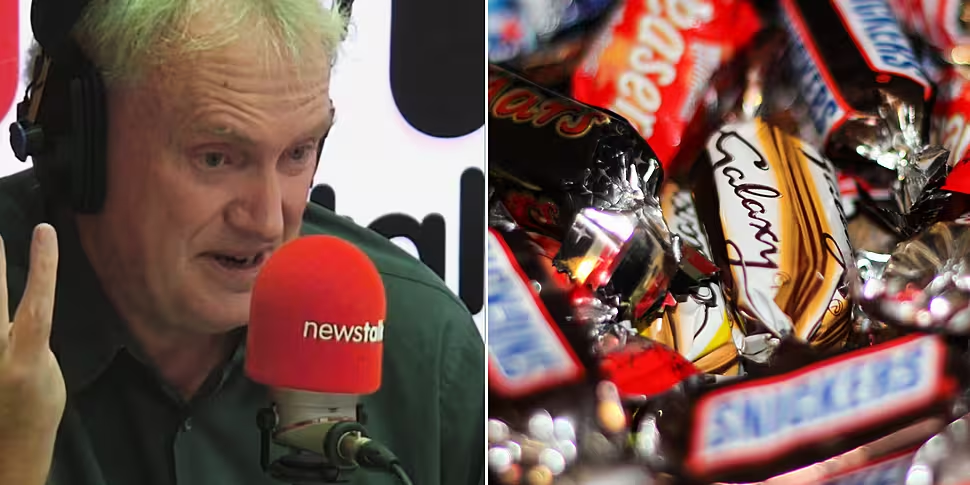Scientists are trying to save the billion-euro chocolate industry from the effects of climate change.
That's the latest from Professor Luke O'Neill, who has taken a deep-dive into the history of one of the most universally-loved treats.
But what is the science behind the popular Valentine's Day gift and why do scientists need to change it?
The ingredients
Speaking on his podcast Show Me The Science, Prof O'Neill said he found that most people, according to his limited survey, like milk chocolate, while dark and white chocolate are a little more divisive.
He said that it's all about the ingredients that make the treat so desirable, and even addictive!
"Milk chocolate - the one we all love - 59% carbohydrate, which means the sugary bit, 30% fat, 8% protein."
"Of the fat, 65% is saturated fat", Prof O'Neill said.
"These numbers are in most chocolate products, and that's what makes chocolate tragically unhealthy.
"As you all know well by now, fat in your diet can be a bad thing."
 Jars of Nutella chocolate-hazelnut spread. Picture by: Richard B. Levine/PA Images
Jars of Nutella chocolate-hazelnut spread. Picture by: Richard B. Levine/PA ImagesAccording to a Flavour Chemist in the University of Leeds, there is a "fatty film" in chocolate that makes it melty and delicious.
"The fat in the chocolate coats your tongue in a fatty film and that layer of fat over your tongue gives it that great silky flavour", Prof O'Neill explained.
"And that gives it some of the other flavour sensations we have when we're eating chocolate."
The history
First discovered in Misoamerica, Africa, by the the Mayans and Aztecs, chocolate has been made and eaten since around 2000 BCE.
It was and is made of roasted and ground cacao seeds, but it was later that milk and sugar were added.
Chocolate has a long and controversial production past, as child and slave labour has long been used, particularly for harvesting.
An estimated 50 million people in the world make a living from chocolate, one way or another.
Scientific advances
In 2010, partially sponsored by chocolate company Mars, the DNA of chocolate was studied by scientists.
Prof O'Neill said they have since been trying to modify the genome of the cacao plant to improve its growth.
"Global warming is affecting the cacao industry because it doesn't grow so well in very hot temperatures", he explained.
"The world's temperatures are going up, so there's a threat now. Isn't that amazing."
It should be remembered that chocolate is not all bad.
It also contains epicatechin, which is said to have tumour-fighting properties, which is "one reason why chocolate can be good for you".
Chocolate also often contains caffeine, "which can be useful to us".









